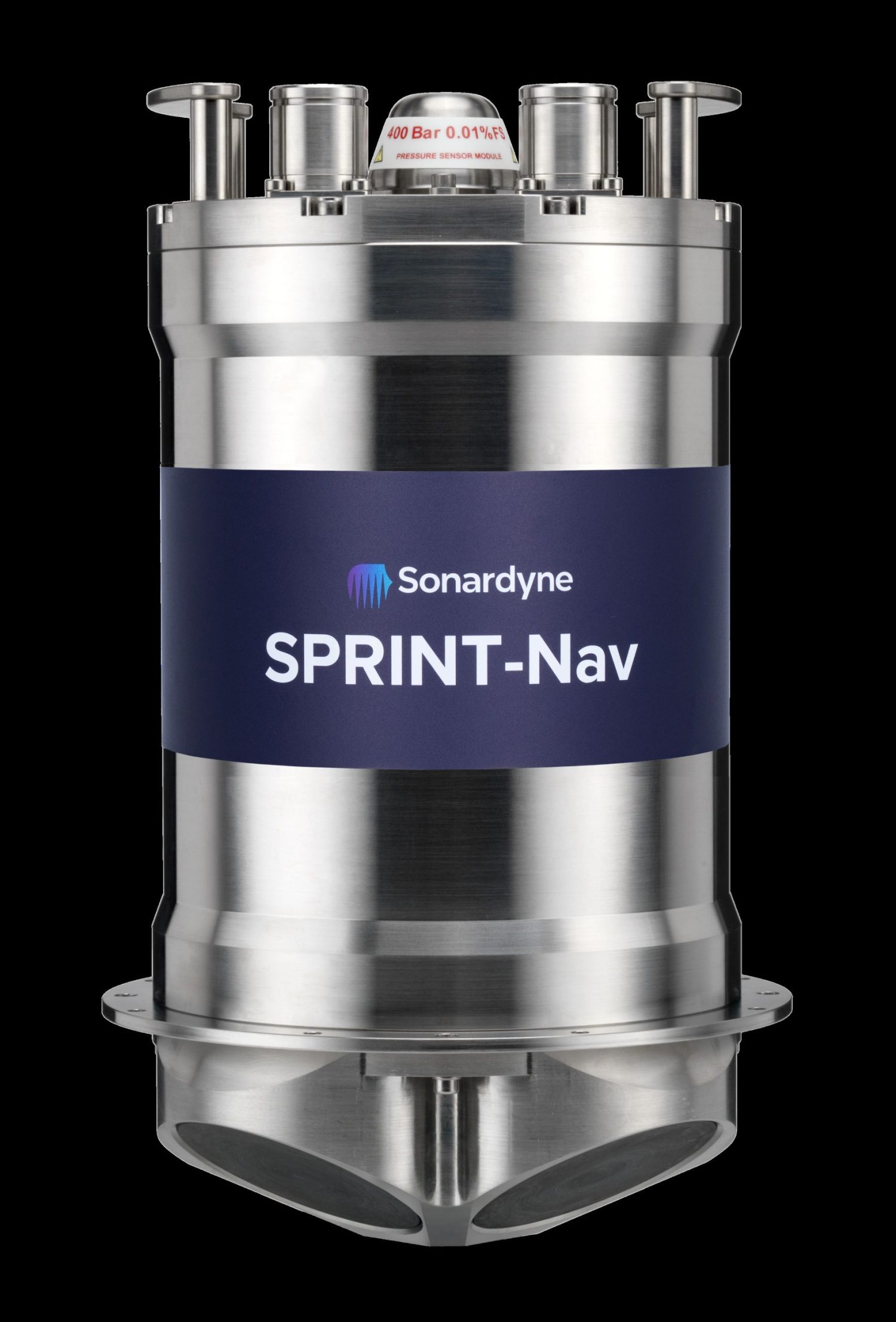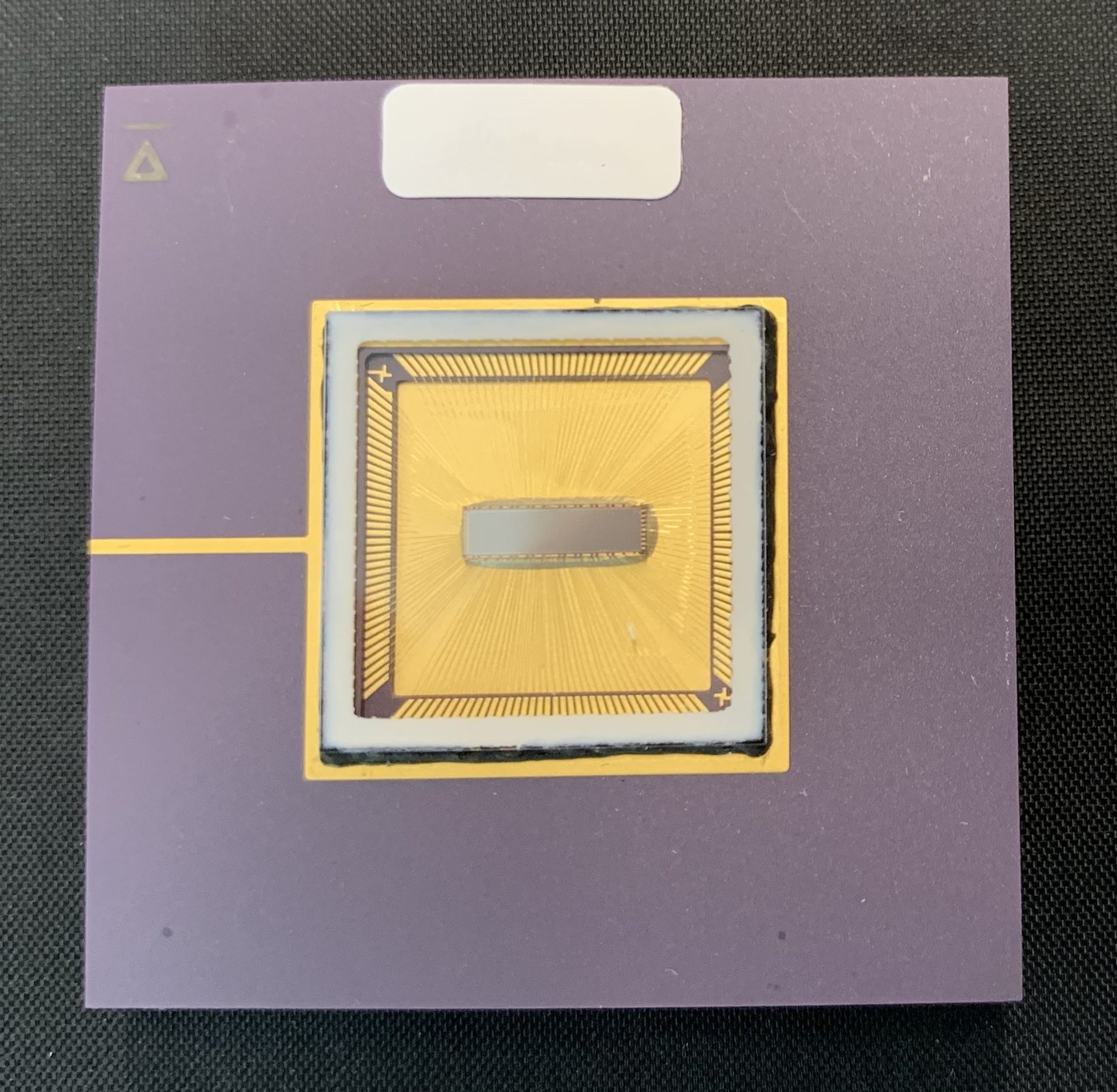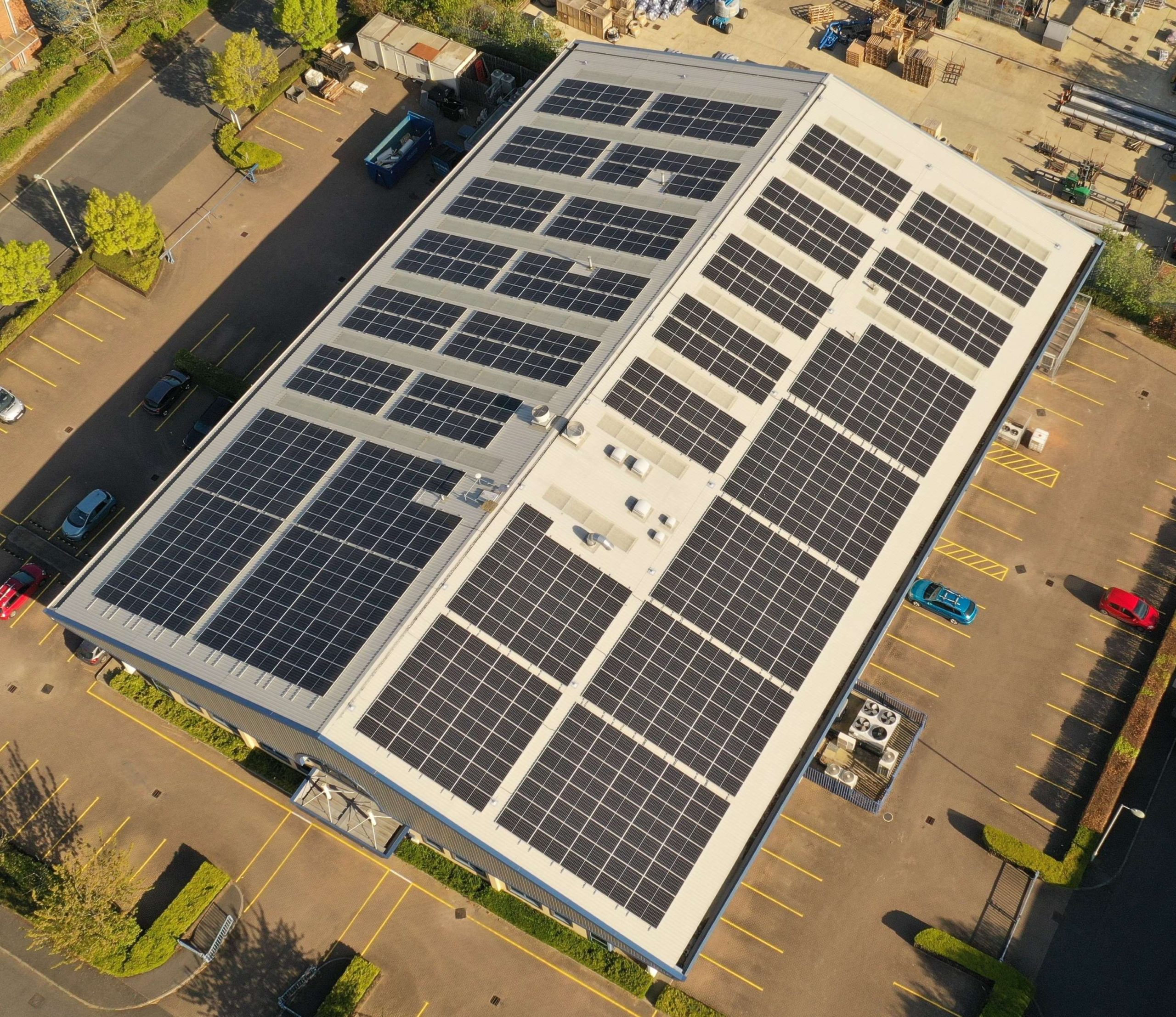Why Optical Comms?
Author: Chris Hammersley – Applications Project Manager
Water is an incredibly hard medium to communicate through. In air, we are all used to having almost unlimited data in our pockets and being able to stream the latest YouTube cat video at a moment’s notice. However, go just a few metres underwater and all that stops. Water absorbs, attenuates and tempers just about any signal travelling through it. This means for many years, subsea wireless communication has been limited to speeds which make a dial-up connection look fast.
For years, the market has concentrated on subsea acoustics development, because it was the only wireless technology available. Acoustics still provides the best operating range of any available technology, but at present the majority of deep water (3-4 km) acoustic modems are limited to around 5-10 kb/s while some short-range shallow water offerings can go up to 100 kb/s. Progress is being made in improving acoustic solutions, but the possibility of a Mega bit per second (Mb/s) acoustic link is still very much in the conceptual stages.
Underwater communications alternatives to acoustics
The subsea market has learned to live with such limitations, either tethering equipment or reducing the data sets to the absolute minimum for acoustic transmission. However, as technology advances, alternatives to the acoustic pressure wave are becoming a reality.
Our preferred alternative is free space optical communications. While mathematical models show the maximum theoretical communication distance is limited to several hundred meters, the possible data rates can be incredibly high, as shown by the current optical fibre speed record standing at over 1,000 Gb/s.
With recent improvements in silicon technology, high power LED technology and advanced optical sensors, it was possible to see how wireless broadband speeds might come to the subsea world. This research led to Sonardyne investing in subsea free space optical communication. Together with our partner Lumasys, we have been developing our BlueComm optical communications range.

As with any technology, there are trade-offs during the design between different performance criteria, which is why we now have a range of our BlueComms, each designed around a different maximum performance characteristic.
There are two versions of our BlueComm 200 available, operating at different wavelengths.
BlueComm 200
BlueComm 200 operates using visible light. Visible light can travel significant distances through water meaning that BlueComm 200 has a range of up to 150 m. This makes it an excellent tool for wireless transfer of video and direct control of a vehicle in AUV applications. It is also ideal for data harvesting applications. Using BlueComm 200, an AUV or ROV can transfer large volumes of data up to ten thousand times quicker than acoustics.
BlueComm 200 UV
BlueComm 200 UV works just like BlueComm 200, however it uses a shorter wavelength in the ultra-violet spectrum. This means that it can operate even in the presence of artificial lights. Operating in the UV spectrum, BlueComm 200 UV can work at ranges of up to 75 m. It is best suited for ROV or AUV applications that require the use of lights, for example, when recording video.
Underwater communication with lasers
We also developed a variant that uses two rapidly modulated off-frequency lasers to produce simultaneous bi-directional communications. The equipment is optimised for peak data transfer performance with transfer speeds of 500 Mbps being achievable. This is excellent at large data offloads from deployed sea bed nodes or fast ‘fly-by’ data collections by field resident AUVs.
If you would like to find out more about our BlueComm, you can read more here. Or read our blog about the science behind BlueComm here.
If you would like to talk to us about how BlueComm could work for your next project, please get in touch.
Want to find out more about this article?
Speak to an expert







